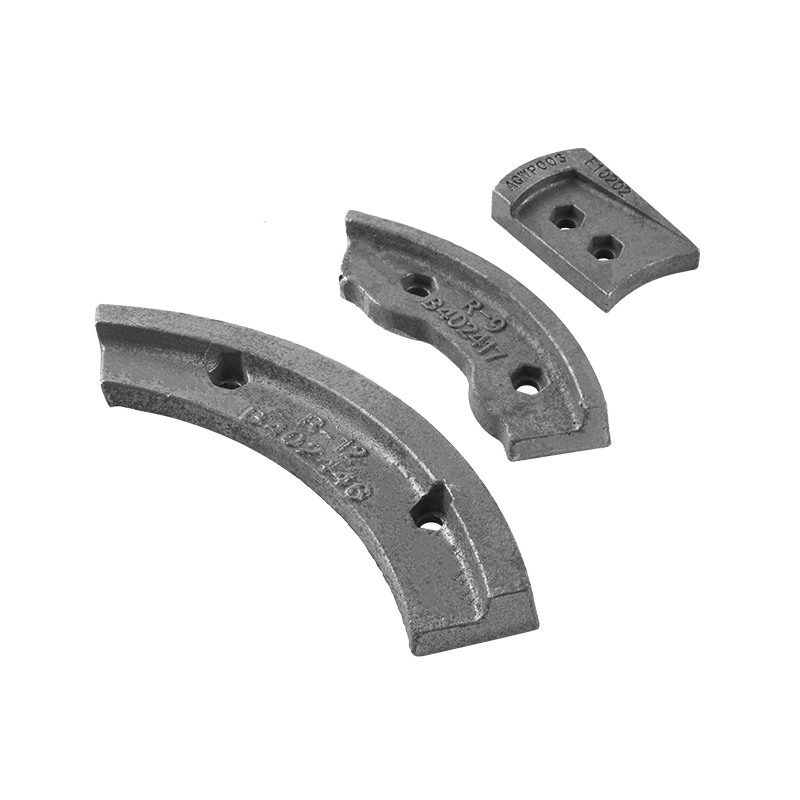The Appeal of Aluminum Alloy Auto Castings and the Art of Moulding Automobile Castings
Industry News-Aluminum alloy auto castings are a popular choice in the automotive industry for several compelling reasons.

1. Lightweight Nature: Aluminum alloys are known for their low density, which significantly reduces the weight of vehicles. This reduction in weight leads to improved fuel efficiency and reduced emissions, aligning with the industry's push towards more sustainable transportation.
2. High Strength-to-Weight Ratio: Despite their lightweight nature, aluminum alloys possess a high strength-to-weight ratio, ensuring that the structural integrity of components is not compromised.
3. Corrosion Resistance: Aluminum's natural resistance to corrosion means that auto castings made from this material have a longer service life, reducing maintenance costs and enhancing reliability.
4. Recyclability: Aluminum is highly recyclable, contributing to the circular economy and reducing the automotive industry's environmental footprint.
5. Design Flexibility: Aluminum alloys offer design flexibility due to their excellent castability, allowing for the creation of complex shapes that may not be possible with other materials.
6. Thermal Conductivity: Good thermal conductivity of aluminum alloys makes them suitable for components that require heat dissipation, such as engine parts.
7. Cost-Effectiveness: While aluminum itself is more expensive than some other metals, the overall cost savings from reduced fuel consumption and lower maintenance can offset the initial higher material cost.
Moulding of Automobile Castings
The moulding process of automobile castings is a meticulous art that ensures the precision and quality of the components produced. This process involves several critical steps:
Design and Pattern Making: The first step in moulding automobile castings is to create a detailed design of the part and then produce a pattern that will be used to create the mould. This pattern must be accurate to ensure that the final casting meets the required specifications.
Mould Preparation: The mould is prepared using a variety of materials, including sands, ceramics, and metals. The choice of mould material depends on the specific requirements of the casting, such as the desired surface finish, the complexity of the part, and the volume of production.
Core Making: For hollow or complex parts, cores are created to fill the interior spaces. These cores must be strong enough to withstand the pressures of the casting process and precise enough to create the desired internal features.
Pouring the Melt: The molten metal is poured into the mould. This step requires careful control of temperature and pouring speed to ensure that the metal fills the mould evenly and without creating defects.
Cooling and Solidification: The casting is allowed to cool and solidify within the mould. This process can take anywhere from a few minutes to several hours, depending on the size and complexity of the part.
Ejection and Cleaning: Once the casting has solidified, it is ejected from the mould. The part is then cleaned to remove any excess material, such as gates, risers, and flash.
Inspection and Finishing: The casting undergoes a thorough inspection to ensure that it meets all quality standards. Any defects are addressed, and the part may be machined or finished to achieve the desired surface quality and dimensional accuracy.
Heat Treatment and Surface Treatment: Depending on the application, the casting may undergo heat treatment to improve its mechanical properties or surface treatment to enhance its appearance or durability.
 En
En
 русский
русский Español
Español عربى
عربى Deutsch
Deutsch















